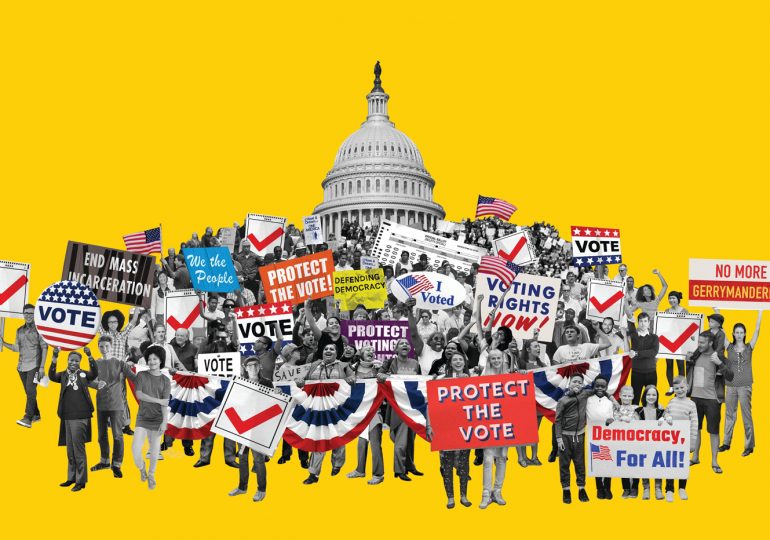According to the Brennan Center, one of the most consequential outcomes of the recent redistricting cycle has been the continuing decrease in the number of competitive congressional districts. Under new maps, there are just 30 districts that Joe Biden won by less than eight percentage points in 2020 and, likewise, just 30 districts that Donald Trump won by less than eight points.
The percentage of competitive congressional districts has fallen even further to just 14%.
As a district leans further toward one party or the other, the general election becomes increasingly insignificant while the favored party’s primary becomes the real contest. As a result, primary voters can effectively decide which candidate will represent the district in Congress, even though they make up a small fraction of the electorate and are often far more partisan than the average general election voters. Charges of gerrymandering come from both sides of the political spectrum.
Add on any election integrity issues – can you say “Uniparty?”
After the last redistricting in 2020, we saw this decline in choice in both Republican and Democrat strongholds. This was regardless of whether the redistricting was done by an “impartial court” or a more “partisan commission.” See this in the chart below and learn more here.
Some believe that the less competitive regions are not a result of gerrymandering. Rather, the voter base is getting more polarized. A Pew Research Center has shown that fewer and fewer Democrats and Republicans have overlapping views. One can see a trend, and it has been steadily getting worse. See this in the chart below and learn more here.
In the end, a closely divided House remains up for grabs, with reasonable opportunities for both parties to win control in coming years. However, barring unforeseen political shifts, most voters will watch that fight from the sidelines due to maps that artificially reduce competition. If Americans hope to reverse the long-term decline of competitive districts, reforms to create fairer, more independent map-drawing processes will be essential.
Leave a comment








